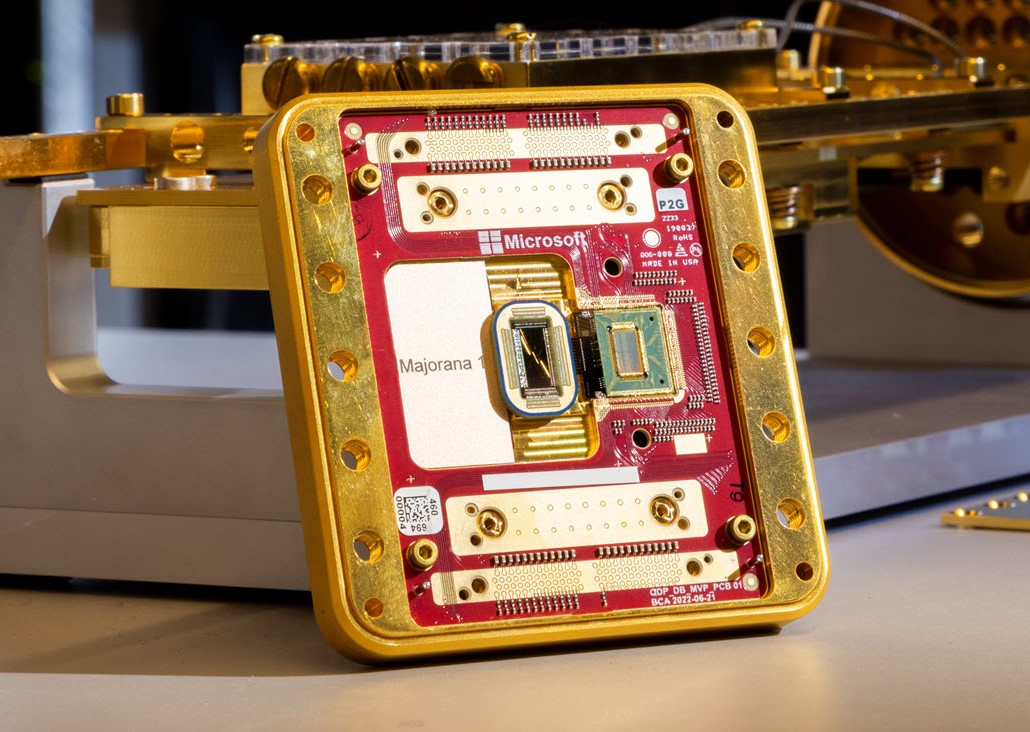What if the most valuable classic cars didn’t have famous badges? Deep in automotive history, a handful of forgotten innovators took incredible risks. Their limited-production vehicles pioneered technologies that wouldn’t appear in mainstream cars for decades.
These masterpieces combined groundbreaking engineering with timeless design principles that still influence modern cars.
10. Ferrari Dino 206 GT (Exterior)
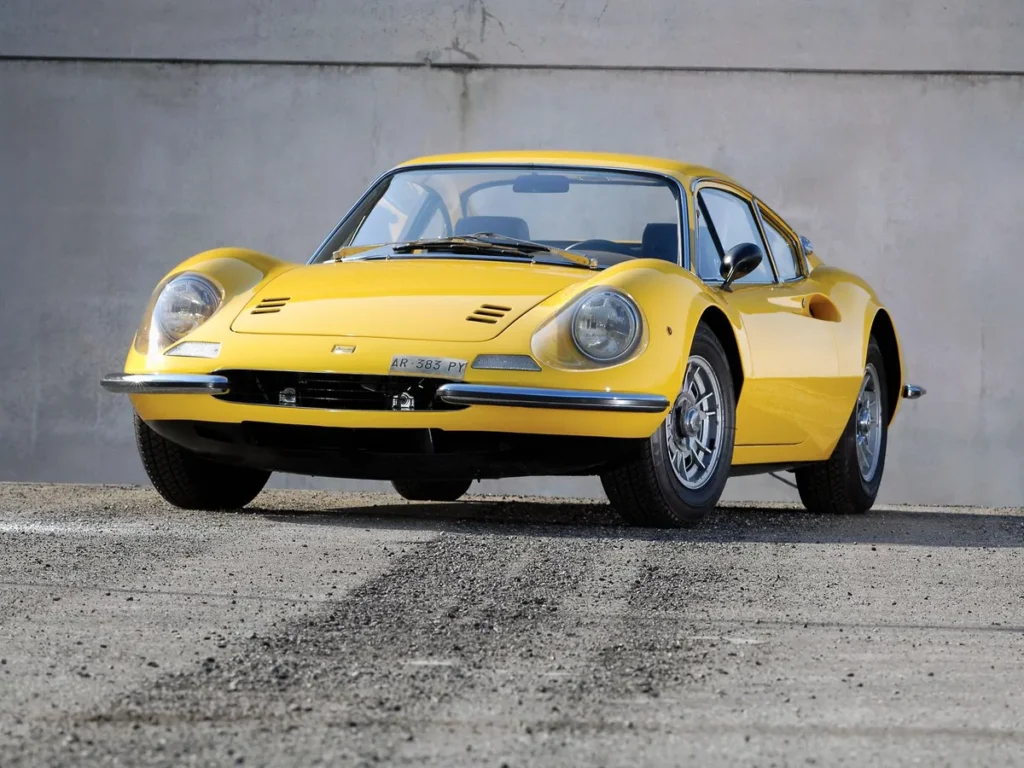
Ferrari fundamentally changed their design philosophy in 1968 with the mid-engined Dino 206 GT. Its development yielded just 152 units, each showcasing Pininfarina’s masterwork in aluminum. Standing a mere 43.5 inches tall, this revolutionary design established new parameters for supercar proportions. While the original price remained exclusive to Ferrari’s clientele, today’s market values these rare beauties between $600,000 to $800,000+, proving that revolutionary design only appreciates with time.
Ferrari Dino 206 GT (Interior)
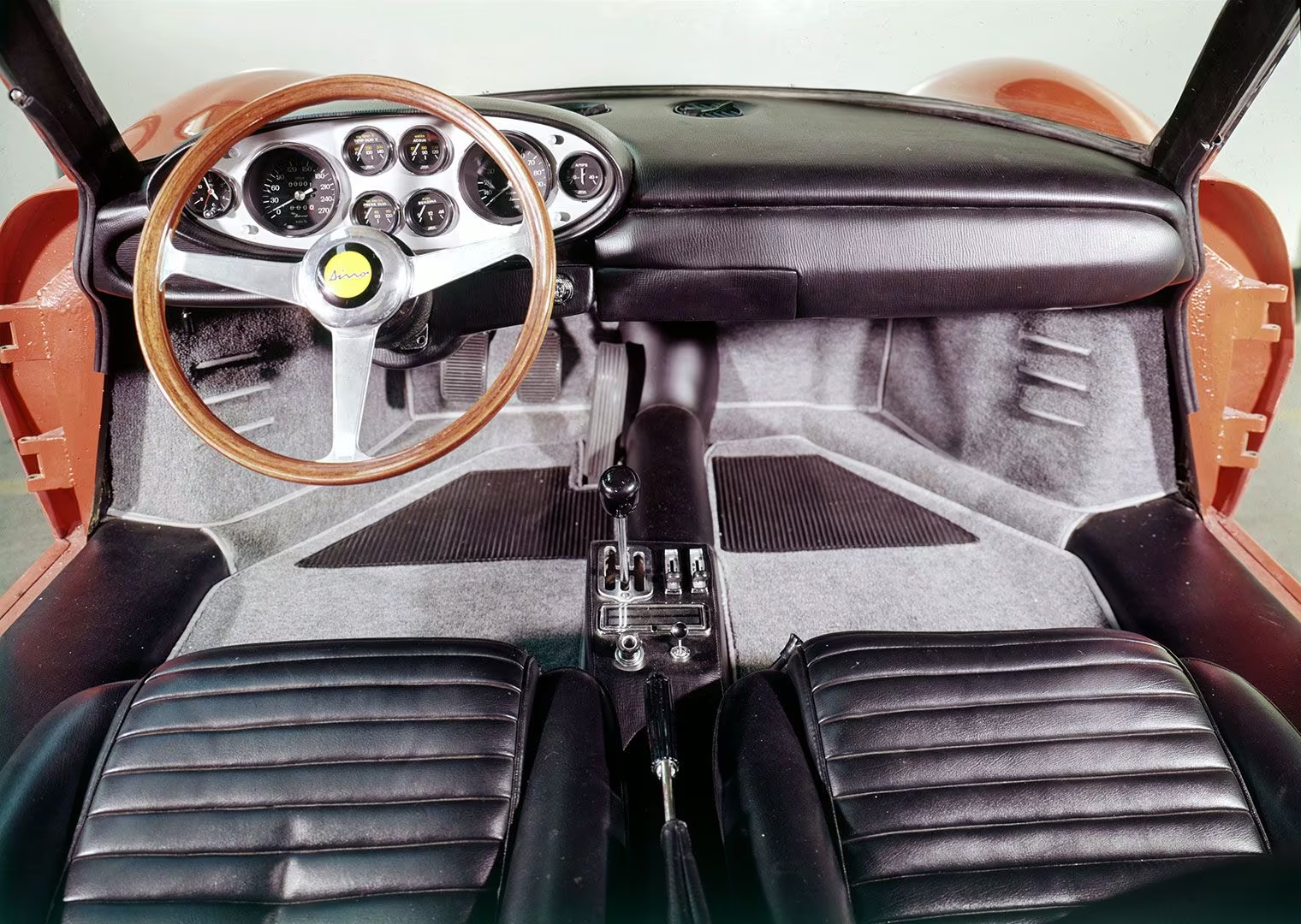
Step inside the 206 GT, and you’ll find every element serving a precise purpose. Veglia instruments, mounted in the aluminum dashboard, work in harmony with the gated shifter mechanism. The three-spoke wooden steering wheel and leather bucket seats create an environment that prioritizes control and feedback. When other exotics compromised visibility for style, the 206 GT’s expansive glass eliminated blind spots while maintaining those perfect lines.
09. Lotus Europa (Exterior)
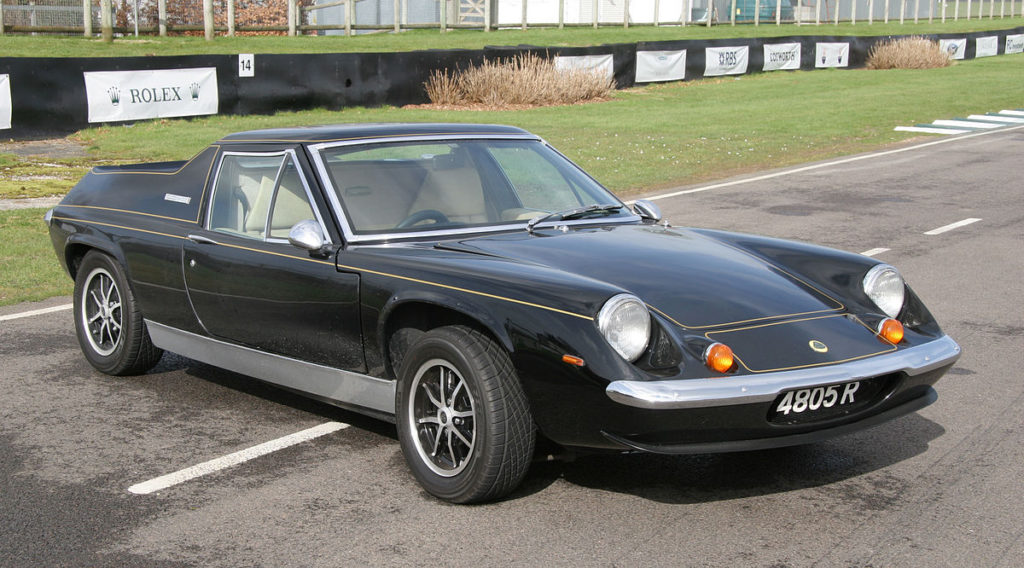
Colin Chapman’s Europa debuted in 1966, priced at £1,666 – a breakthrough price point for mid-engine innovation. That revolutionary fiberglass body achieved a remarkable 42-inch height while maintaining structural integrity. Sharp front-end design and aerodynamic sail panels showcase Chapman’s obsession with efficiency. Today’s market values of $30,000 to $75,000 make this pioneering mid-engine design surprisingly accessible.
Lotus Europa (Interior)
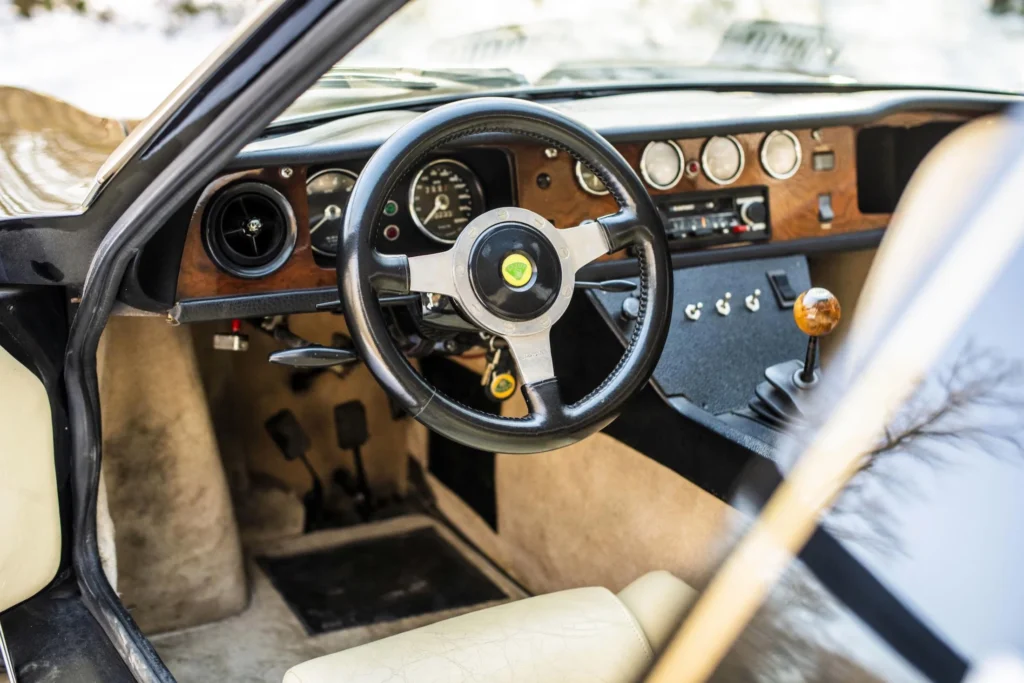
The Europa’s cockpit demonstrates Chapman’s minimalist philosophy in action. You’ll find the semi-reclined driving position enhances both comfort and control, while Smiths gauges relay critical information through clear displays. Storage spaces beneath the front bonnet and behind the seats prove sports cars needn’t sacrifice practicality. Series 1 models now command premium prices in the collector market, particularly coveted for their pure engineering focus.
08. Sunbeam Tiger (Exterior)
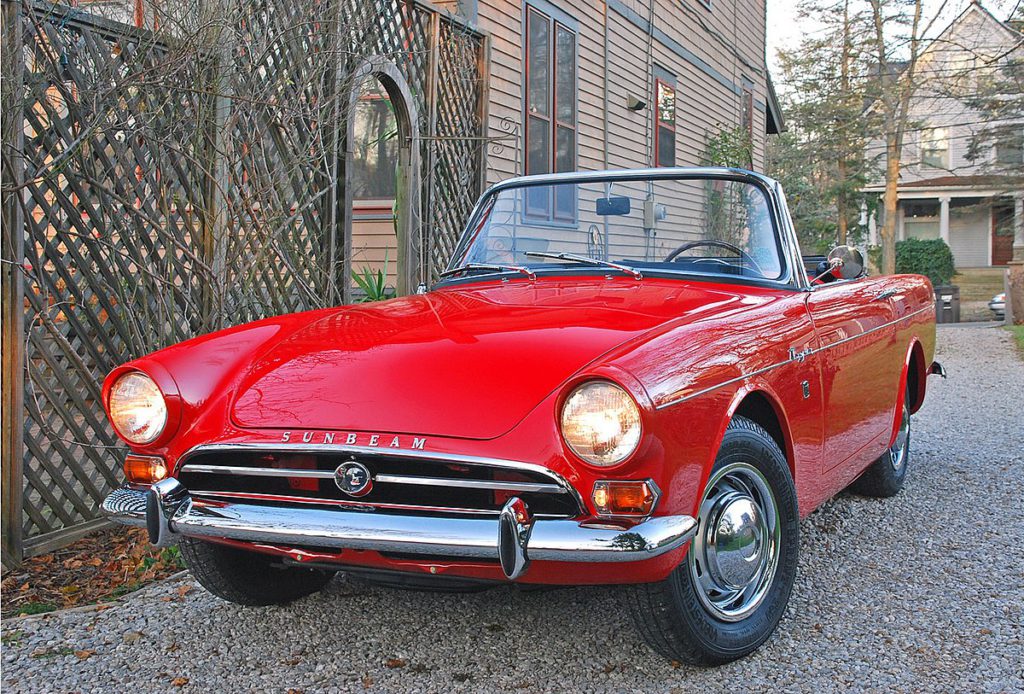
Sunbeam’s Tiger emerged in 1964 at $3,499, solving the eternal question of British handling meets American power. Hood bulges and widened wheel arches transform the Alpine’s gentle curves into purposeful muscle.
Sunbeam Tiger (Interior)
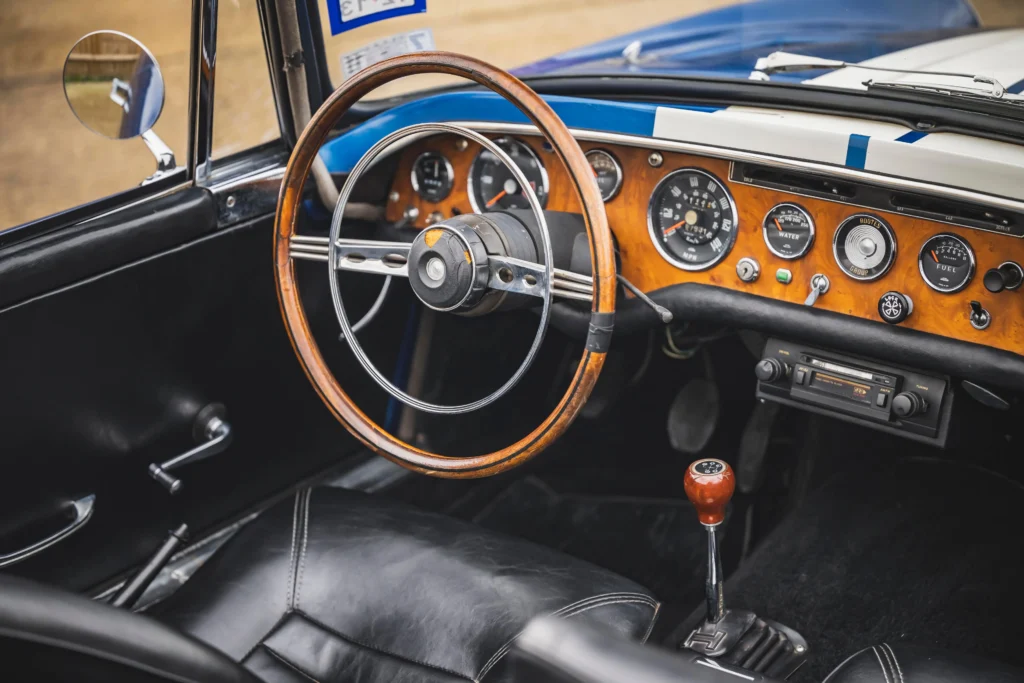
Wire wheels and chrome bumpers maintain traditional elegance, while twin exhaust tips hint at the Ford V8 beneath. Modern collectors value this Anglo-American hybrid at $80,000 to $150,000, with Mark II models commanding even higher prices.
07. Datsun 240Z (Exterior)
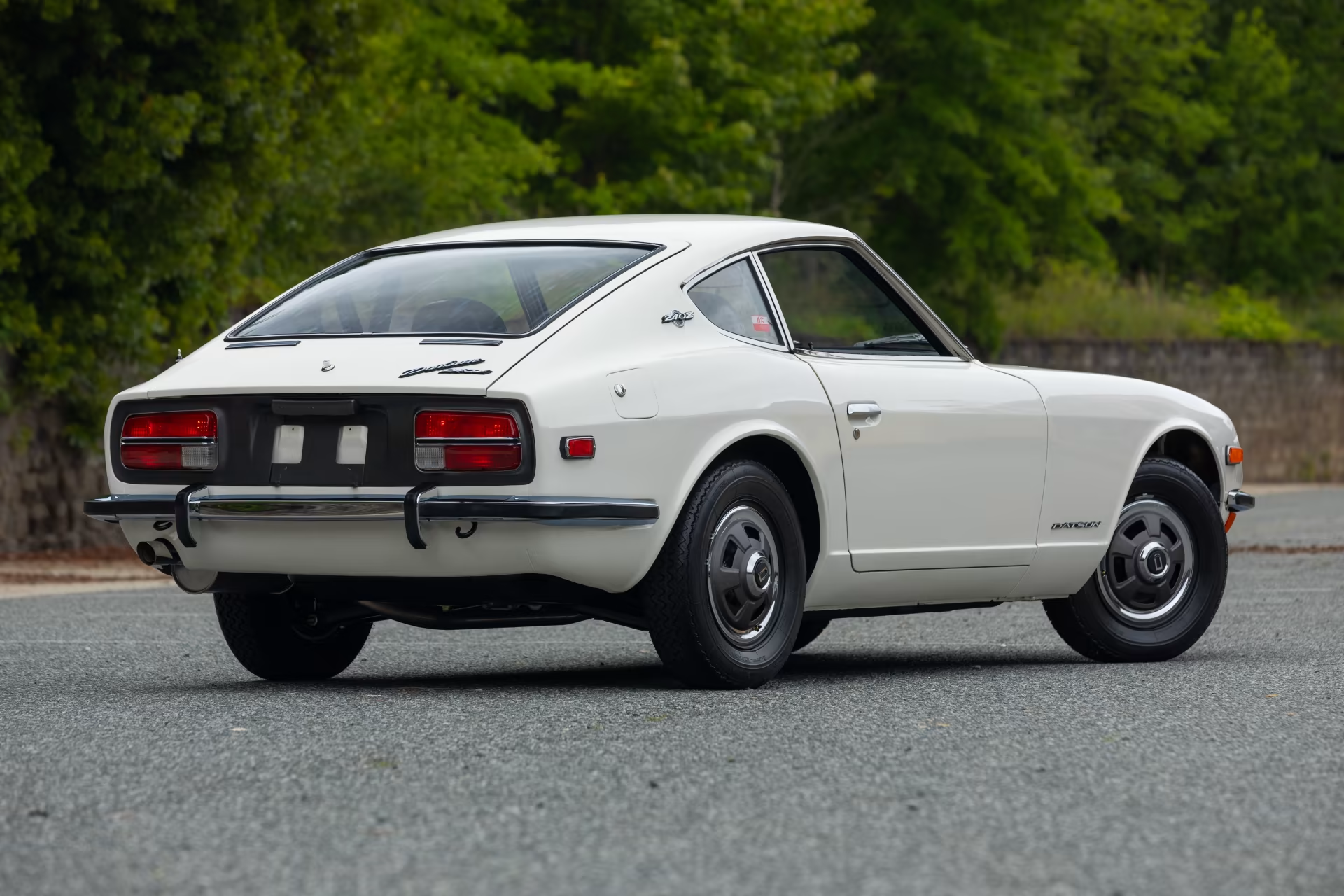
Datsun’s 240Z arrived in 1969 priced at $3,526, shattering preconceptions about Japanese sports cars. That fastback profile and those sugar-scoop headlights weren’t just beautiful – they redefined aerodynamic efficiency. Clean body lines and precise panel gaps demonstrated Japanese engineering prowess. Early “Series 1” cars now fetch $40,000 to $120,000, proving the Z car’s lasting impact on sports car design.
Datsun 240Z (Interior)
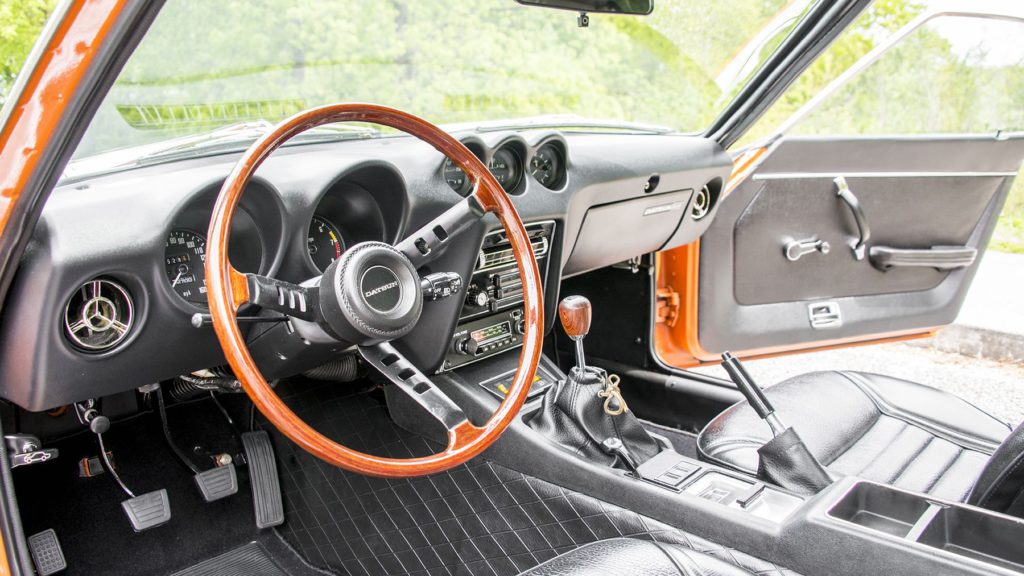
The 240Z’s interior set new standards for ergonomic design in 1969. Deeply hooded instruments and the angled center stack create an aircraft-inspired command center that works intuitively. The vinyl-wrapped seats deliver 8.8 inches of fore-aft adjustment, while the hatchback configuration provides 13.1 cubic feet of cargo space. When European GTs struggled to accommodate weekend luggage, the Z proved a sports car could handle both canyon roads and airport runs.
06. Porsche 914 (Exterior)
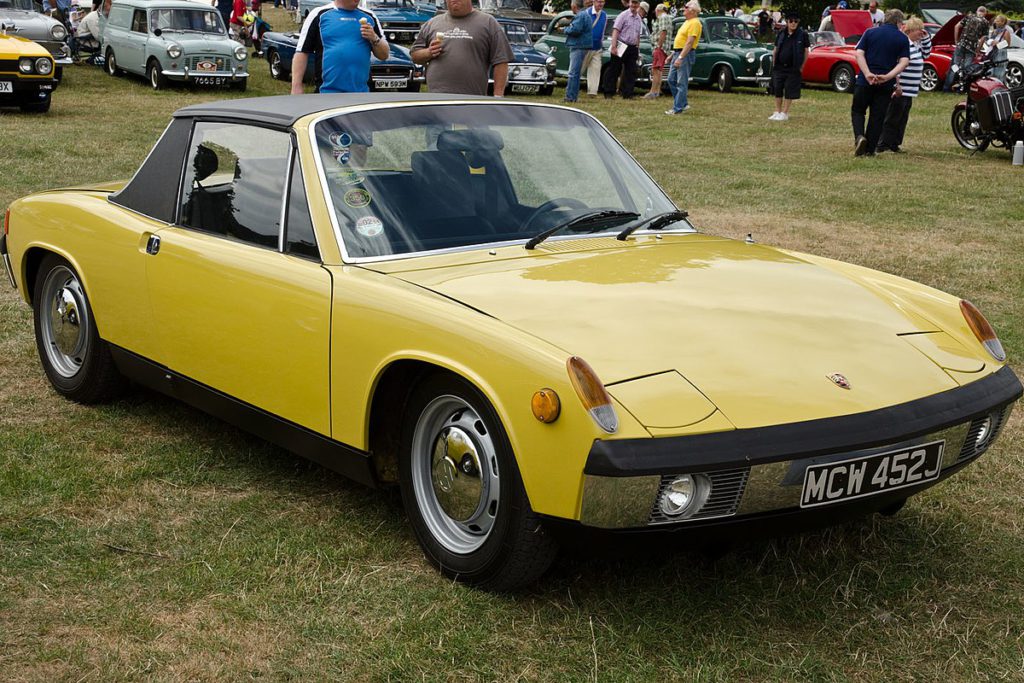
Porsche introduced the 914 in 1969 at $3,495, boldly expanding beyond their rear-engine comfort zone. That removable Targa panel stows neatly in the front trunk, delivering open-air freedom without the usual convertible compromises. Integrated bumpers and pop-up headlights showcase forward-thinking design trends. Today’s values ranging from $30,000 to $75,000 make it an accessible entry into classic Porsche ownership, while rare 914/6 variants can fetch $100,000+.
Porsche 914 (Interior)
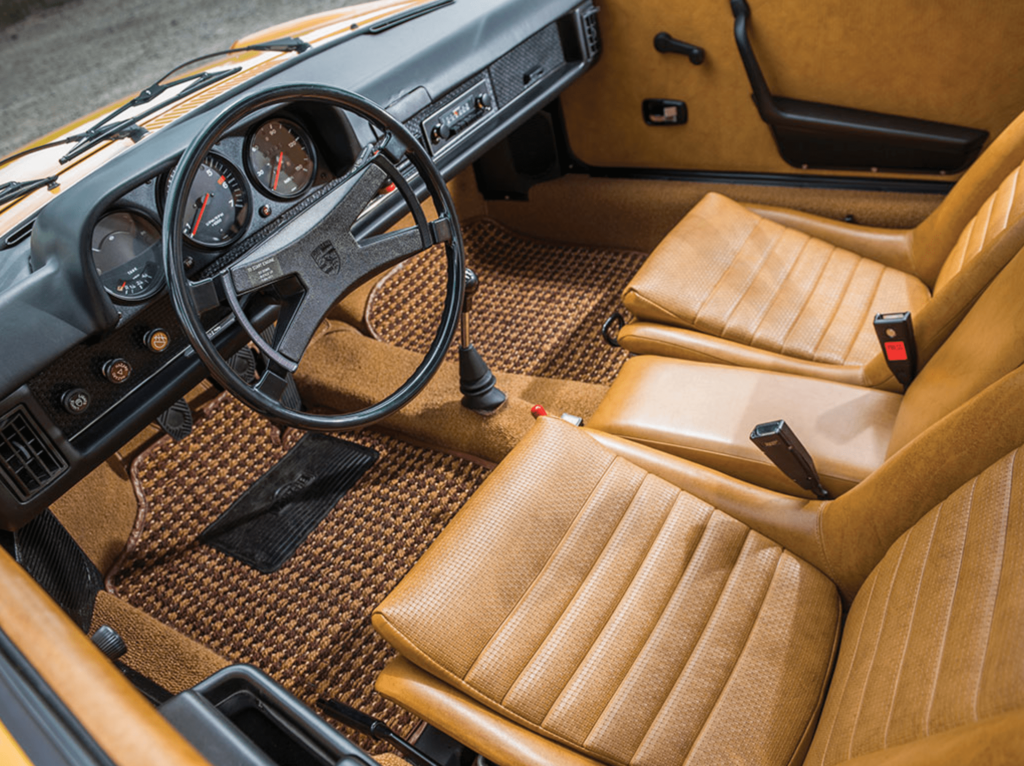
The 914’s cockpit puts everything exactly where muscle memory expects to find it. A central tachometer dominates the five-gauge cluster, honoring Porsche’s racing heritage without overwhelming the driver. The H-pattern shifter clicks through gears with mechanical precision, while high-backed seats hold you in place without restriction. In an era when sports cars forced a choice between performance and practicality, those twin storage compartments offering 12.7 cubic feet made the 914 a viable daily driver.
05. TVR Grantura Mark III (Exterior)
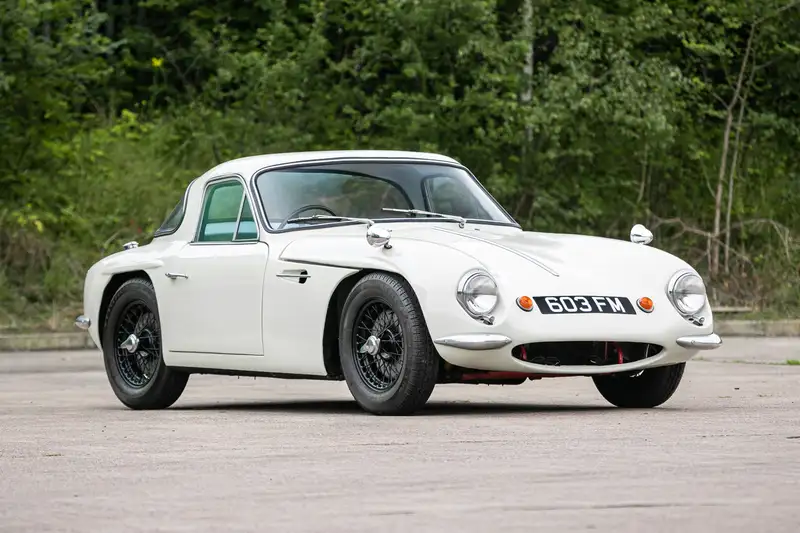
TVR’s Grantura Mark III arrived in 1962 at £1,567, proving small manufacturers could innovate. That wraparound windscreen flows perfectly into the aerodynamic roofline, while fiberglass construction keeps mass precisely where it matters. The front-hinged bonnet design allows complete mechanical access, solving the maintenance headaches common to specialty cars. Current market values of $35,000 to $60,000 reflect both their rarity and the challenge of finding well-preserved examples.
TVR Grantura Mark III (Interior)
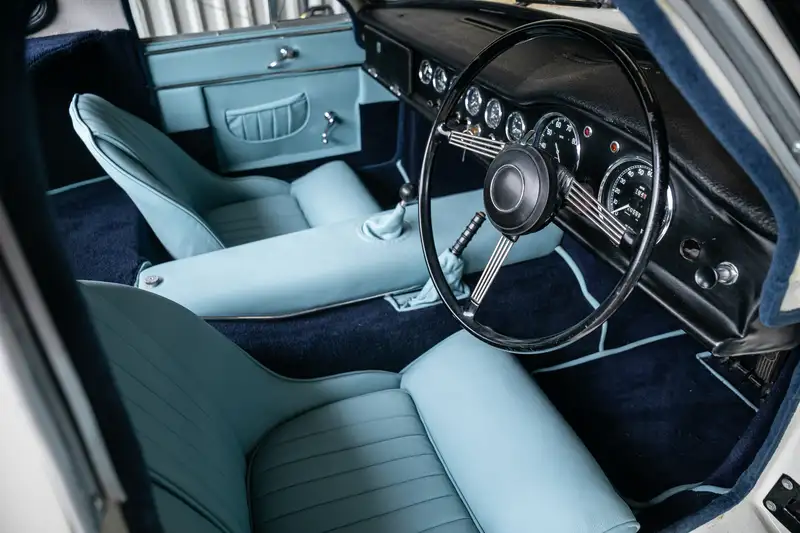
The Grantura’s interior speaks the language of competition through pure function. Leather-covered panels house Smiths gauges right in your line of sight, while the close-coupled seating position makes you feel hardwired to the chassis. The weighted controls give you immediate feedback, delivering a conversation with the road. When other British sports cars chased luxury, the Grantura’s 0-60 mph in 8.9 seconds proved simplicity had its own rewards.
04. Volvo P1800 (Exterior)
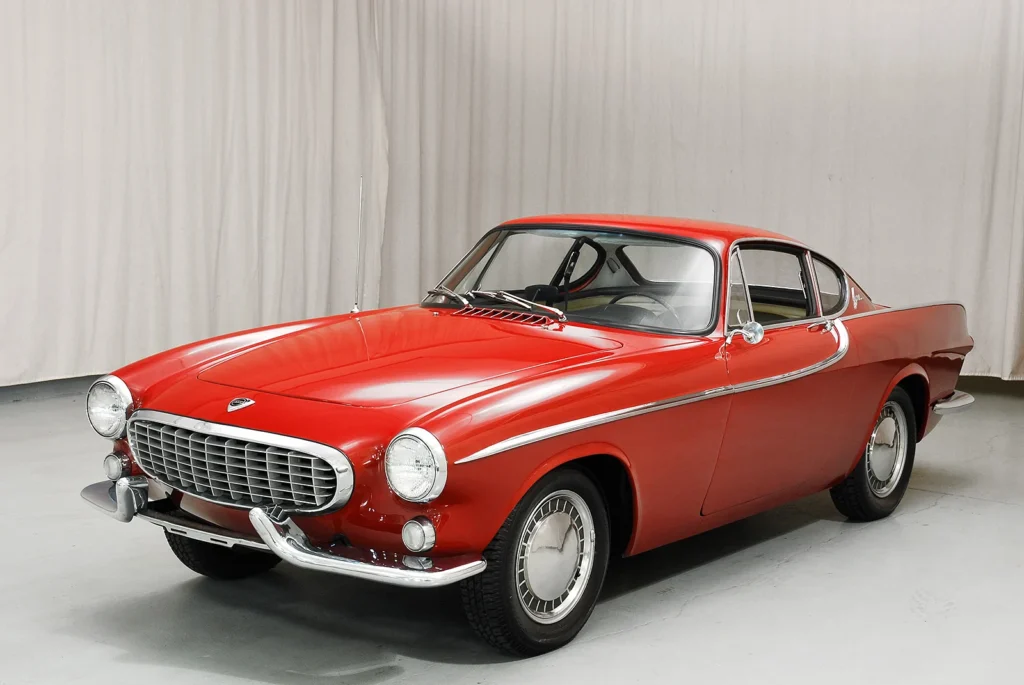
The Volvo P1800 demonstrates Volvo’s departure from utilitarian design. Volvo launched the P1800 in 1961 at $3,995, shattering the myth that Swedish cars couldn’t turn heads. The flowing profile incorporates chrome side strips and an innovative grille that transforms the hood into a styling element. Round taillights and bumper-mounted exhausts complete a shape that still looks fresh today. Modern valuations between $40,000 to $100,000 reflect the model’s durability and style, with early Jensen-built cars commanding premium prices.
Volvo P1800 (Interior)
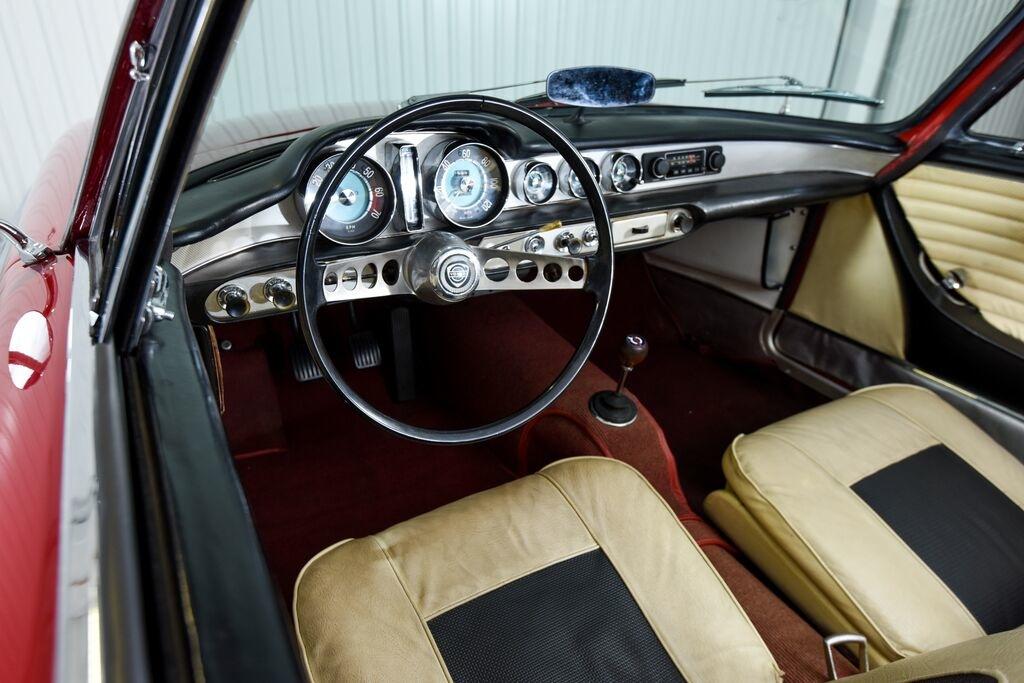
Step into the P1800’s interior and discover how jet-age style meets Swedish common sense. That signature ribbon-style speedometer sets new standards for at-a-glance clarity. The brilliantly engineered seats provide 10.2 inches of travel, while the folding rear bench transforms this sports car into a practical GT. When exotic cars felt claustrophobic, the P1800’s airy cabin welcomed drivers of all sizes.
03. BMW 1800 (Exterior)
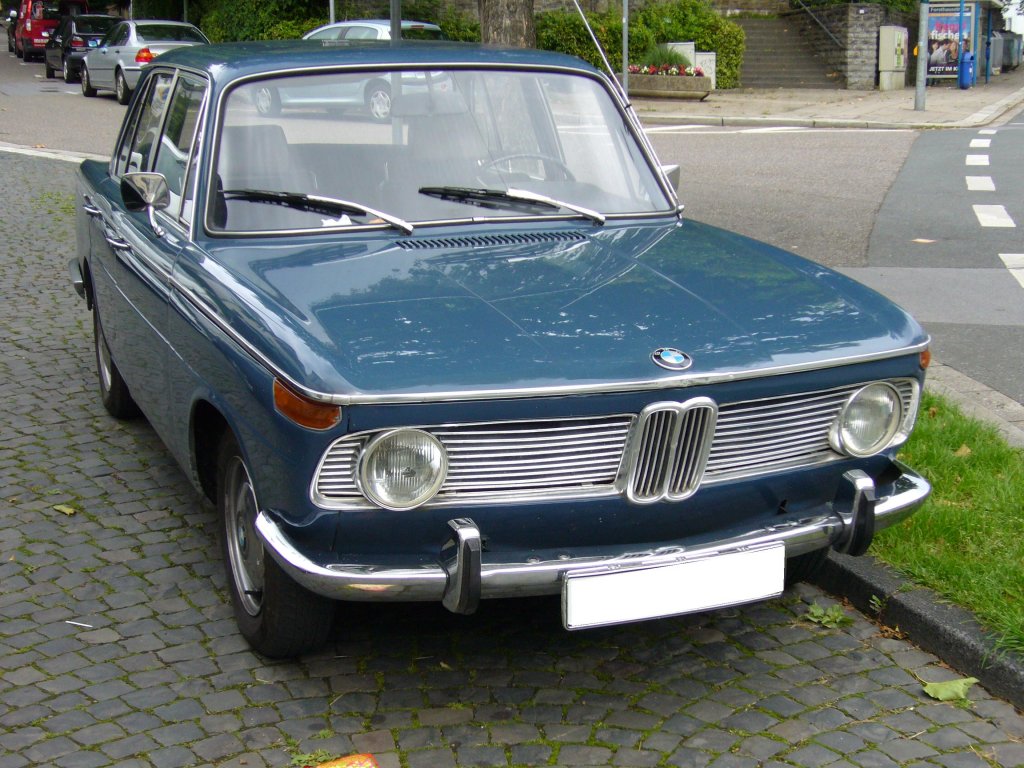
BMW’s 1800 debuted in 1963 at 9,485 Deutschmarks, creating an entirely new category of car. The forward-leaning stance and distinctive Hofmeister kink established a design language that still influences modern BMWs. Slim pillars and minimal overhangs contribute to both visual balance and dynamic ability. Today’s values of $25,000 to $50,000 make this pioneering sports sedan an attractive entry point into classic BMW ownership.
BMW 1800 (Interior)
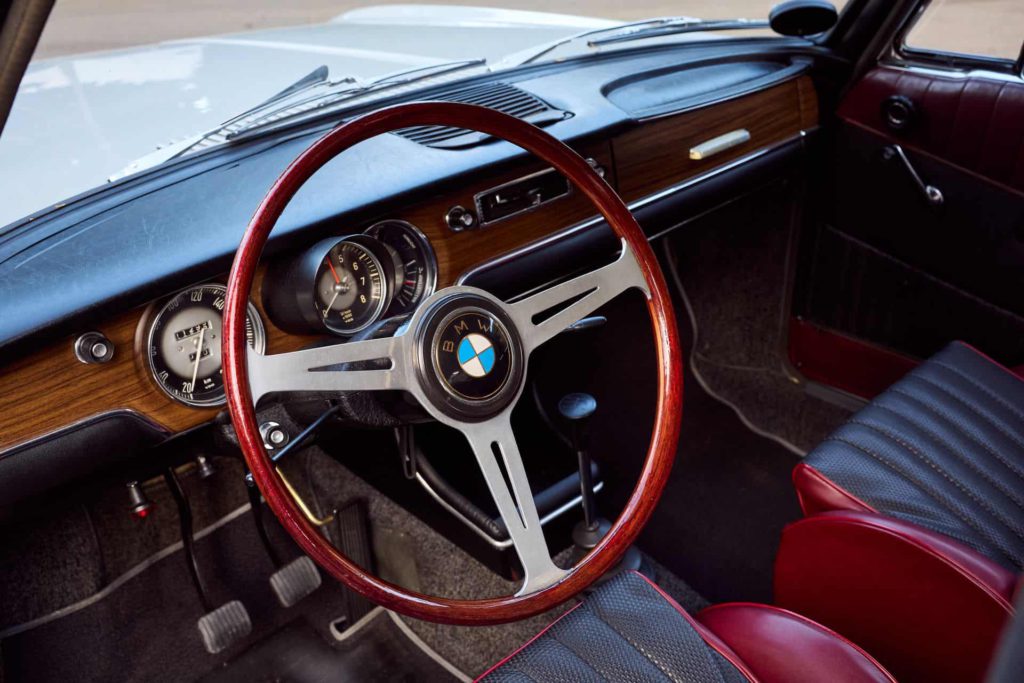
The 1800’s cabin architecture puts every control right where your hands expect to find them. Premium vinyl surfaces and wood accents create an environment that feels special without being precious. The horizontal dashboard layout delivers perfect ergonomics for spirited driving. While luxury sedans of the era focused on straight-line speed, the 1800’s balanced approach to performance created the template for modern sports sedans. The BMW is easily one of the unappreciated models, but if you’re curious, we’ve also looked at 15 vehicles that pioneered technology we use today.
02. Triumph TR250 (Exterior)
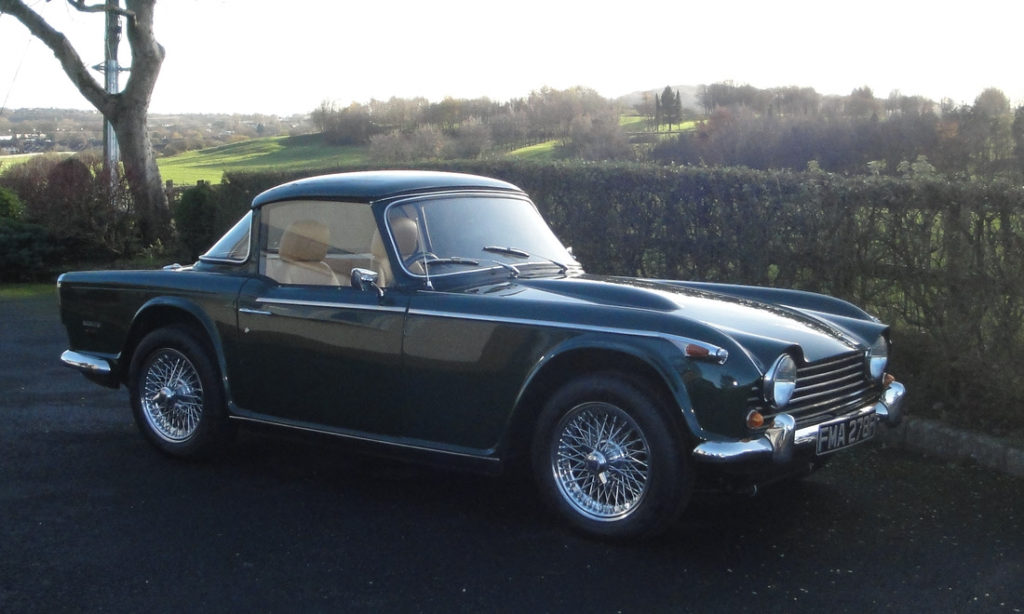
Triumph’s TR250 roared onto the scene in 1967 at $3,395, marrying British finesse with American muscle. Those bold side stripes and raised hood profile transform the traditional TR shape into something more purposeful. Steel wheels with chrome trim rings strike a perfect balance between flash and function. Modern collectors value these rare models between $35,000 to $70,000, reflecting their limited 2,947-unit production run and unique Anglo-American heritage.
Triumph TR250 (Interior)
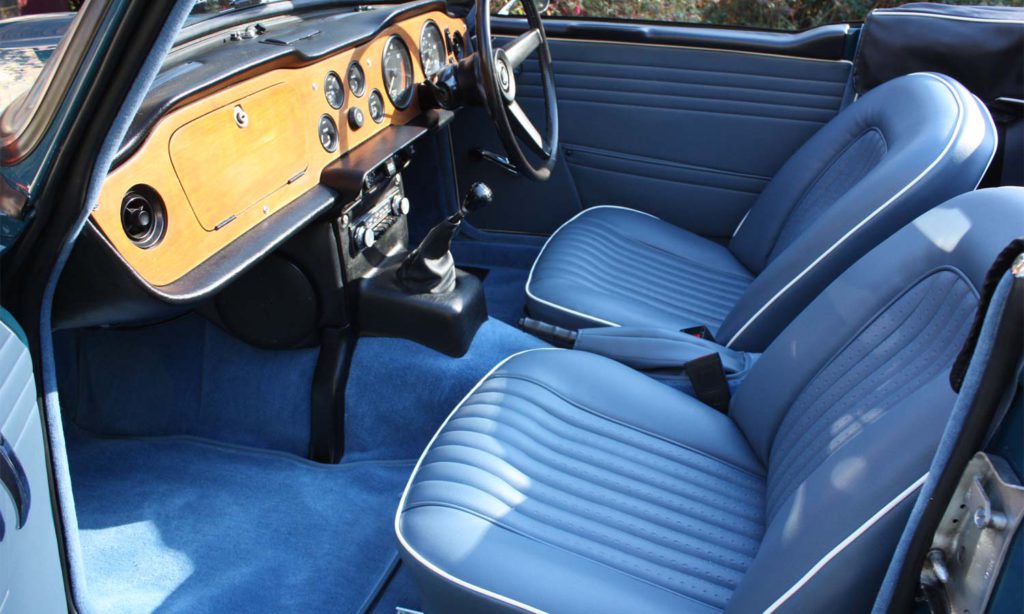
The TR250’s cockpit wraps you in the best of British tradition. Rich walnut veneer frames crisp Smiths gauges, while the leather wheel rim serves up precise feedback. Toggle switches click through their positions with satisfying mechanical precision. When other manufacturers chased modernity, the TR250’s 0-60 mph dash in 9.1 seconds proved that traditional sports car values still had plenty to offer.
01. NSU Spider (Exterior)
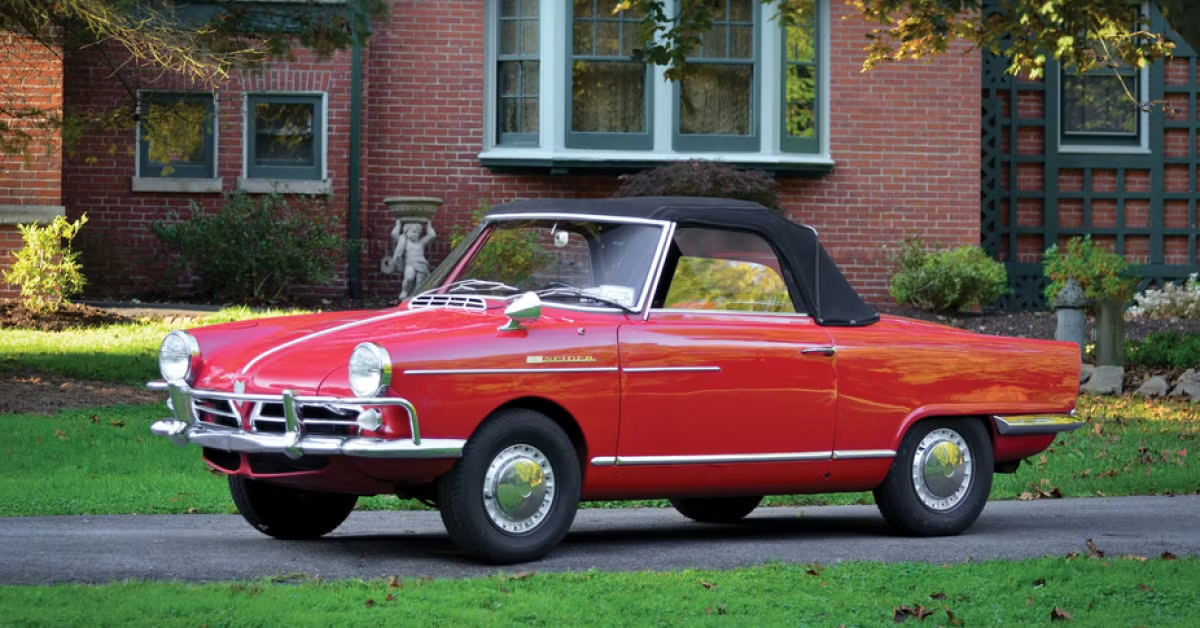
NSU launched the Spider in 1964 at 8,500 Deutschmarks, gambling everything on Wankel’s revolutionary engine. Clever engineering integrated cooling vents seamlessly into the rear deck, while wind tunnel testing shaped every curve with purpose. That innovative hardtop transforms from coupe to roadster in minutes, solving the age-old convertible compromise. Current market values of $40,000 to $80,000 reflect both the Spider’s historical significance and its pioneering technology.
NSU Spider (Interior)
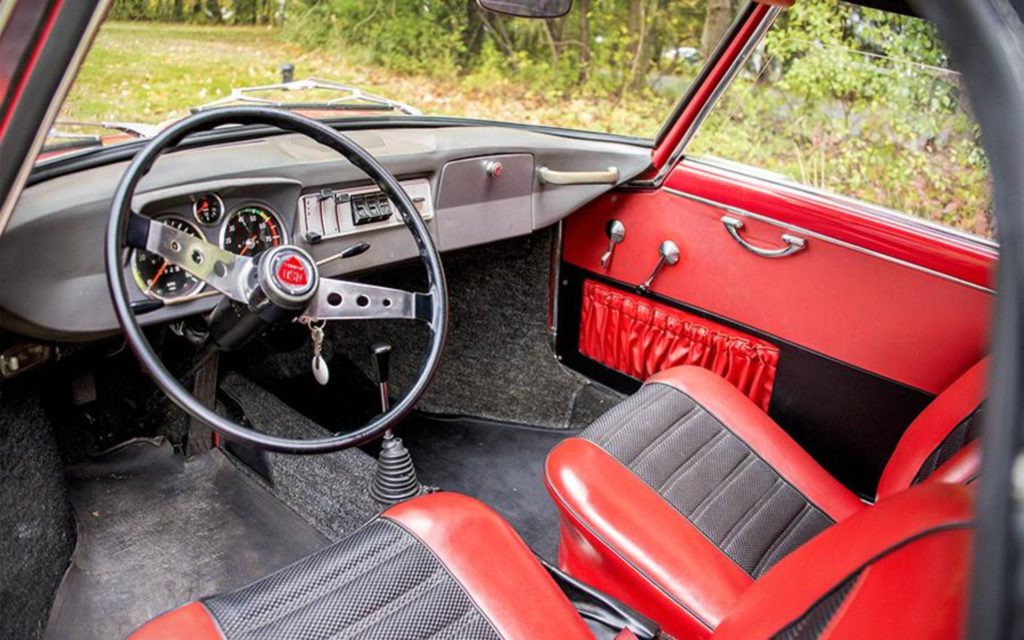
Step into the Spider’s cockpit, and you’ll find yourself in a command center built around that revolutionary powerplant. The prominent central tachometer tells the unique story of Wankel power, while clever engineering carved out 6.5 cubic feet of front trunk space. Among just 2,375 units produced, each survivor represents a bold step into automotive future, combining NSU’s sophisticated weight distribution with unprecedented smoothness that still impresses today.










